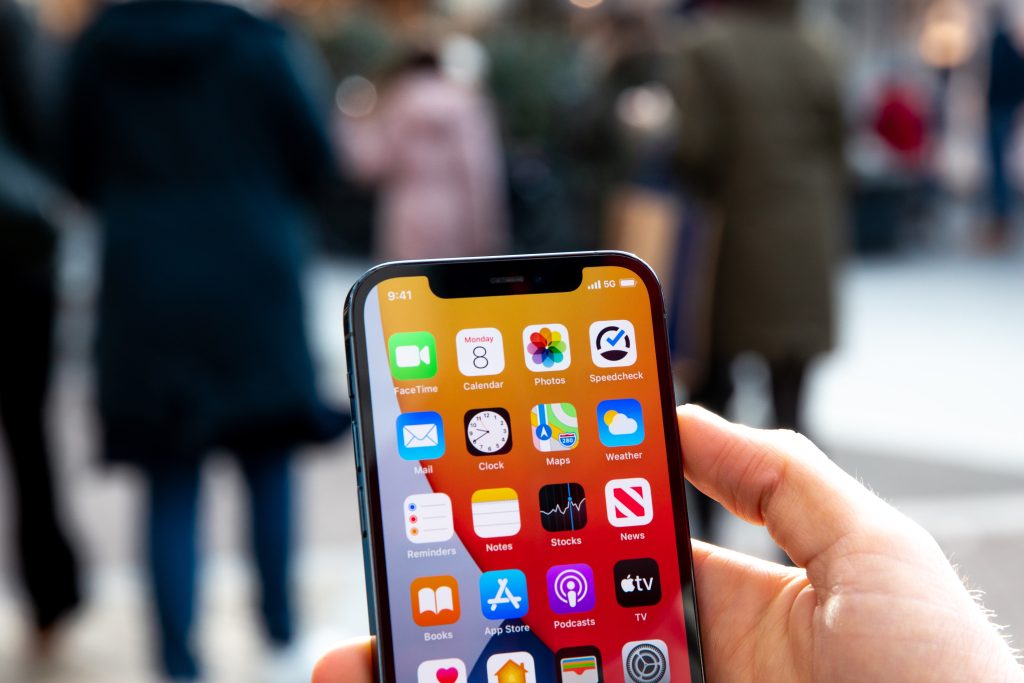
Samuel Bennett
It would be fair to say that 5G has had confused reception from the public. From fears of it being carcinogenic to range issues to conspiracies theories blaming it for the rapid spread of COVID-19, the fifth generation standard for cellular networks appears to be an overpriced gimmick with serious health risks. However this is far from the case. 5G has largely different aims from its predecessors, which means that it will still have a big impact on our lives but simply in a way that isn’t obvious.
For better or for worse, the next two decades will most likely see many self-driving Teslas and Amazon delivery drones taking to the roads and skies, which highlights the first thing to know about 5G: it is not made for us today. It is not intended to be in use until at least 2035, meaning that it must be compatible with the technology that we are yet to invent. If you’ve ever looked closely at a set of traffic lights, you may have noticed that many of them have small cameras on top, and not all of them are used to catch motoring offences. In the near future, these cameras will be the primary method of navigation for self-driving cars, meaning that at any one time, hundreds or even thousands will need to connect to multiple traffic cameras and the cameras that each car is monitoring will constantly be changing. By now, you are probably familiar with video calls and all the problems with them, from latency and sudden drops in quality to the audio cutting out and disconnecting from the call completely. It is clear that digital video streaming is far from reliable and these problems are the last thing you want when this technology is being relied upon to control a speeding two tonne lump of metal. Solving this problem requires a completely new infrastructure and that is why 5G will quickly become indispensable in the near future.
If you’ve been watching the news lately, you’ve probably seen the words ‘Coronavirus’ and ‘5G’ in the same news article. The exact source of the conspiracy theory which states that 5G is responsible for the spread of COVID-19 is unclear, however health concerns surrounding mobile phones are nothing new. A British TV show took the theory one step further by attempting to cook an egg with 100 cell phones. Furthermore, some of the signals transmitted by 5G can be up to 300Ghz, meaning that concerns have been raised once again over whether or not these signals are carcinogenic. However the transmission towers used have a power of no more than 120W; less than a 6th the power of a microwave, while 5G-capable handsets broadcast at no more than 250mW, meaning that these signals are unlikely to be powerful enough to harm users. There is also currently no evidence that electromagnetic waves are linked to the spread of viral particles, meaning that out of all the precautions an individual might take to avoid catching COVID-19, vandalising mobile infrastructure is not recommended.
Although 5G is an amazing innovation, it still faces some serious challenges. High frequency radio waves have difficulty traveling long distances, meaning that even with the current advancements in radio technology, it only has a range of approximately 1000 feet. This means that it will only be usable in cities that decide to adopt it and therefore it is unlikely to replace 4G any time soon despite being its successor. Even if it does replace 4G, it will likely only be able to do so by using different frequencies for faraway devices, meaning that the experience of using 5G may not be the same depending on where you use it. Many governments are also hesitant to fill their cities with large radio masts since the technology is still very new and not fully understood by everyone. While the technology is not quite ready for the public today, it will almost certainly play a vital role in the world of tomorrow.
